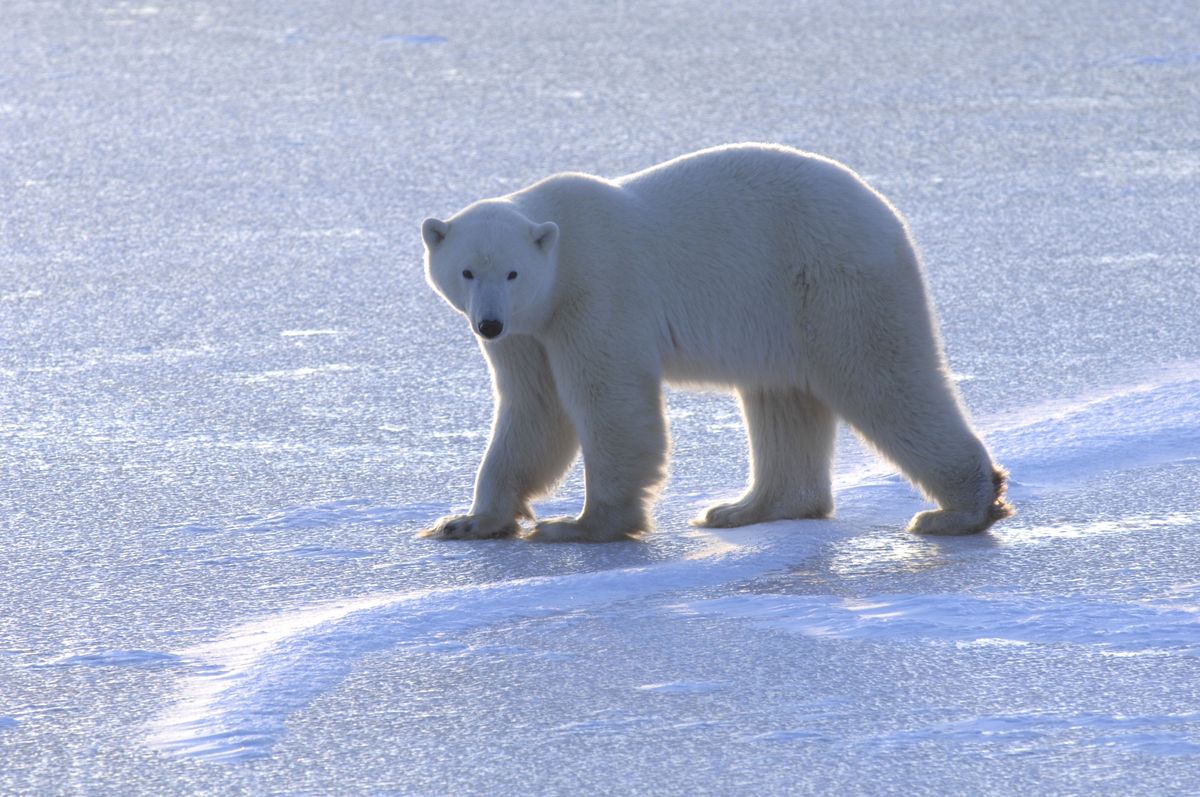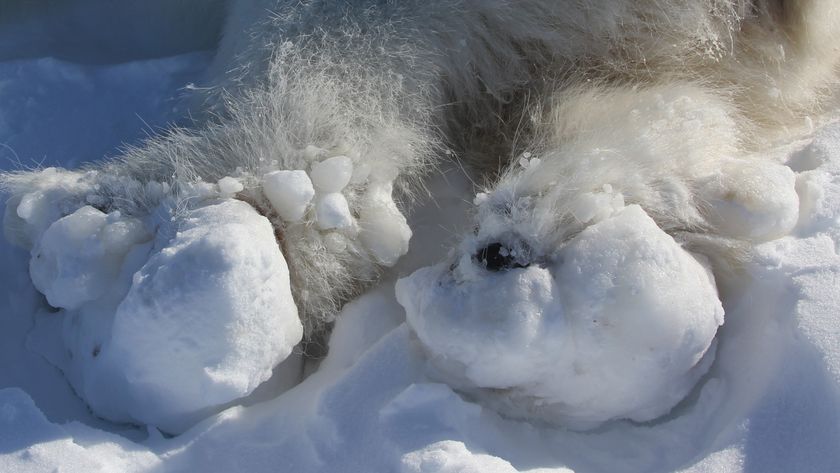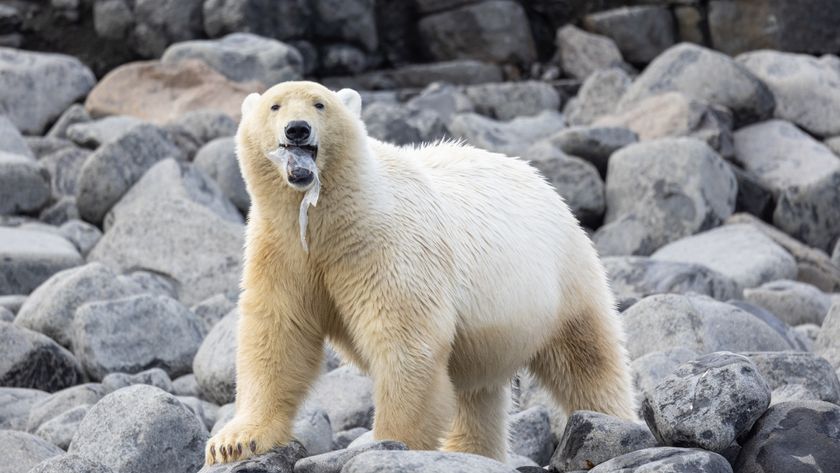Melting Sea Ice Keeps Hungry Polar Bears on Land

Polar bears, the iconic victims of climate change, are shifting their migration patterns because of changes in sea ice. The bears are arriving on land earlier and departing later, a new study found, and it's threatening their access to food.
A team of researchers studied the migration patterns of polar bears (Ursus maritimus) in Hudson Bay, Canada, using satellite-tracking data collected between 1991 and1997 and 2004 and 2009. They found that the rate at which sea ice melts and re-freezes, as well as how the ice is distributed around the bay, predicted when the bears migrated onto or off of land. The findings are detailed today (March 19) in the Journal of Animal Ecology.
Animal ecologists have been trying to figure out how seasonal conditions in the environment affect animal migration patterns, and how climate change can redistribute resources that affect those patterns.
"Keeping track of when polar bears move on and off the ice is an important aspect of monitoring the risks to the population associated with climate change," study leader Seth Cherry, a graduate student in ecology at the University of Alberta, Canada, told LiveScience in an email.
Polar bears hunt their main food source, seals, primarily while on sea ice. Changes in the ice are driving the bears to spend more time on land, where they have to go longer without eating and rely on fat reserves to tide them over.
"Climate-induced changes that cause sea ice to melt earlier, form later, or both, likely affect the overall health of polar bears in the area," Cherry said. [10 Odd Facts About Arctic Sea Ice]
Cherry and colleagues fitted 109 female polar bears with tracking collars (males can't wear collars because their necks are wider than their heads). Putting a tracking collar on a polar bear is quite a feat. The researchers located the bears from a helicopter and flew in close to dart the bears. With the animals immobilized, the researchers attached the collars, which were equipped with GPS transmitters that beamed their location.
Sign up for the Live Science daily newsletter now
Get the world’s most fascinating discoveries delivered straight to your inbox.
The scientists also took measurements in the form of blood samples and fat biopsies, which told them about the bears' diet and nutrition.
"When we look at the migration patterns of the collared bears, it appears as though bears in recent years are arriving on shore earlier in the summer and leaving later in the autumn," Cherry said. "These are precisely the kind of changes one would expect to see as a result of a warming climate."
The findings suggest that it's not only the distribution of sea ice that affects the bears' migration, but how quickly that ice melts or forms. When the ice melts in Hudson Bay, the bears spend longer on land, where they are essentially fasting. Pregnant females are particularly vulnerable, Cherry said, because when the other bears resume hunting in late November or early December, these females stay in dens on land to give birth to cubs and nurse them.
Follow Tanya Lewis on Twitter and Google+. Follow us @livescience, Facebook & Google+. Original article on Live Science.

Most Popular




